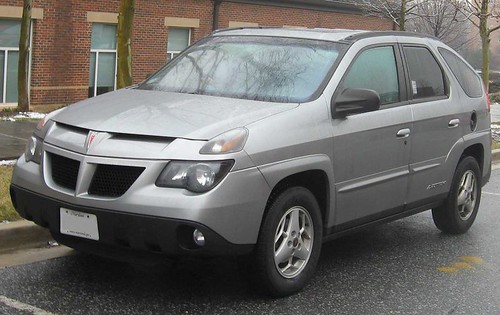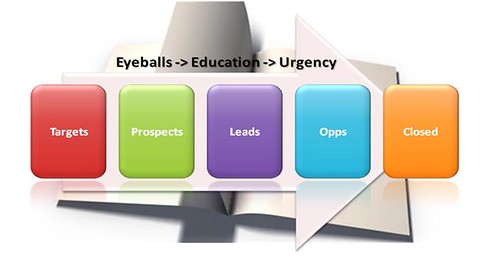
I recently upgraded my phone to the new Blackberry Bold 9900.
So far I find it to be a fantastic device which really performs well for my usage requirements.
But reading news and reviews of this device online, and the lukewarm reaction RIM is getting, has me thinking back to the basic principles of marketing.
I fear the commercial success of my new toy might be getting sabotaged by the ‘
Four Ps’ of marketing.
When I started in marketing the first task I was given was to familiarize myself with how to build strategy around the four Ps (Product, Place, Promotion, and Price). Taking this approach to building out messaging and strategy was a simple and proven framework to get me started. Having a formal process to build out a strategy really helped me to mature beyond a marketer who made decisions on gut instinct, to becoming a marketer who can build out much more thoughtful research driven strategy.
Today, in RIM’s case it seems that with the launch of their new flagship device there appears to be a glaring loss control over what some might argue is the most important of those Ps… Price. More often than not, even if the Product, Place and Promotion are in line, Price acts as the final deciding factor between purchase or not.
An exceptionally concerning trend I’ve noticed with the Blackberry Bold 9900 is terrible inconsistency in the pricing offered by RIM’s carrier partners. The published pricing for the device seems to range from as low as $149 on contract, to as high as $349 on contract. That’s a 230%+ swing in pricing from carrier to carrier. This creates tremendous confusion in the mind of the consumer, and in the identity of the product itself - Is this blackberry a premium superphone? Is this blackberry a mid-market smartphone? Is this aimed at teenagers? Is this aimed at business people? The more questions something seemingly as simple as the pricing for a product raises, the less successful the product ultimately will be.
While I understand the street pricing is not set directly by RIM themselves, and is in the hands of the carrier partners, something tells me that this should be one of the top priorities for change in Waterloo.
After all, having centralized control over both Pricing as well as the other Ps of marketing seems to have served that
fruit company in Cupertino very, very, very well.
So there you have it, my one (or at least my first) piece of advice for Jim, and Mike. As a longtime fan of your products, please update your partner strategy to have a more consistent pricing model for your devices across all carriers, and work on that most important of all the marketing Ps.
And in case you’re wondering. A quick review of the phone itself:
- - The dimensions are perfect for me. I hate baggy pants, so the thin profile fits in my pockets perfectly
- - The touch screen makes the UI much more intuitive and easier to use
- - The web browser works very well and renders all the websites I need perfectly
- - The new processors make the UI a lag free experience
- - Unfortunately the battery life appears worse than my previous blackberries but it still gets me through more than a day before needing a charge.


















